Chun Gan
Parallel Ranking of Ads and Creatives in Real-Time Advertising Systems
Dec 20, 2023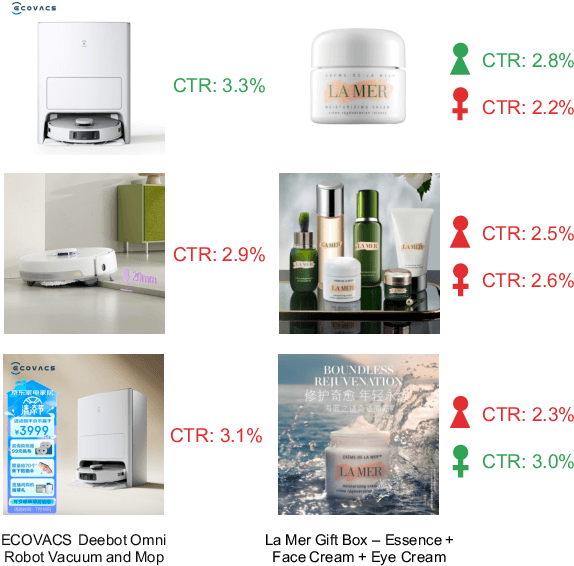


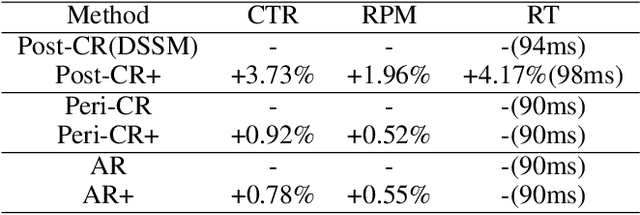
Abstract:"Creativity is the heart and soul of advertising services". Effective creatives can create a win-win scenario: advertisers can reach target users and achieve marketing objectives more effectively, users can more quickly find products of interest, and platforms can generate more advertising revenue. With the advent of AI-Generated Content, advertisers now can produce vast amounts of creative content at a minimal cost. The current challenge lies in how advertising systems can select the most pertinent creative in real-time for each user personally. Existing methods typically perform serial ranking of ads or creatives, limiting the creative module in terms of both effectiveness and efficiency. In this paper, we propose for the first time a novel architecture for online parallel estimation of ads and creatives ranking, as well as the corresponding offline joint optimization model. The online architecture enables sophisticated personalized creative modeling while reducing overall latency. The offline joint model for CTR estimation allows mutual awareness and collaborative optimization between ads and creatives. Additionally, we optimize the offline evaluation metrics for the implicit feedback sorting task involved in ad creative ranking. We conduct extensive experiments to compare ours with two state-of-the-art approaches. The results demonstrate the effectiveness of our approach in both offline evaluations and real-world advertising platforms online in terms of response time, CTR, and CPM.
Unsupervised Editing for Counterfactual Stories
Dec 10, 2021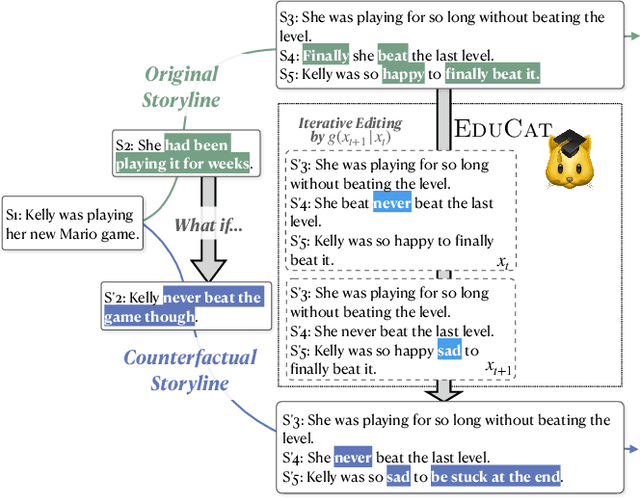

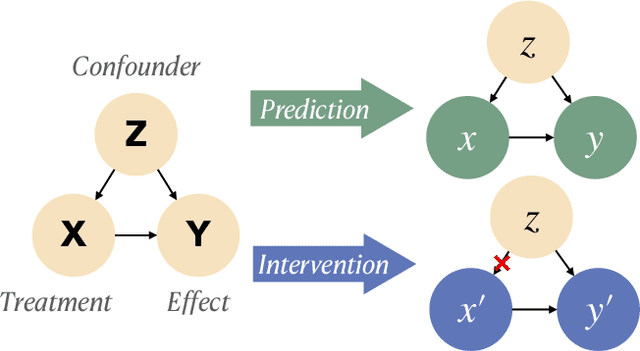
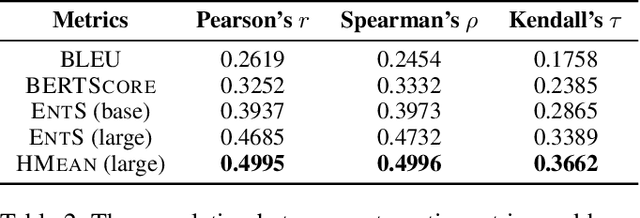
Abstract:Creating what-if stories requires reasoning about prior statements and possible outcomes of the changed conditions. One can easily generate coherent endings under new conditions, but it would be challenging for current systems to do it with minimal changes to the original story. Therefore, one major challenge is the trade-off between generating a logical story and rewriting with minimal-edits. In this paper, we propose EDUCAT, an editing-based unsupervised approach for counterfactual story rewriting. EDUCAT includes a target position detection strategy based on estimating causal effects of the what-if conditions, which keeps the causal invariant parts of the story. EDUCAT then generates the stories under fluency, coherence and minimal-edits constraints. We also propose a new metric to alleviate the shortcomings of current automatic metrics and better evaluate the trade-off. We evaluate EDUCAT on a public counterfactual story rewriting benchmark. Experiments show that EDUCAT achieves the best trade-off over unsupervised SOTA methods according to both automatic and human evaluation. The resources of EDUCAT are available at: https://github.com/jiangjiechen/EDUCAT.
Probabilistic Graph Reasoning for Natural Proof Generation
Jul 06, 2021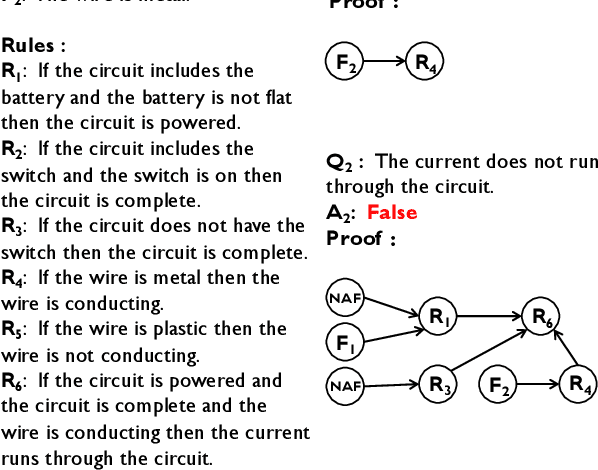
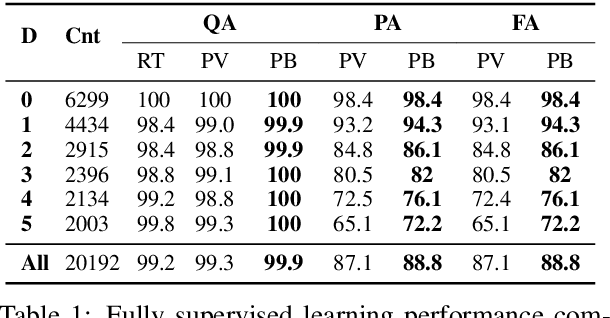

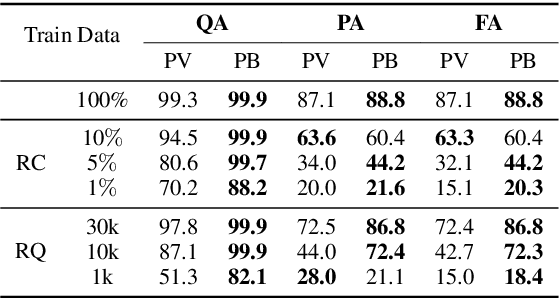
Abstract:In this paper, we investigate the problem of reasoning over natural language statements. Prior neural based approaches do not explicitly consider the inter-dependency among answers and their proofs. In this paper, we propose PRobr, a novel approach for joint answer prediction and proof generation. PRobr defines a joint probabilistic distribution over all possible proof graphs and answers via an induced graphical model. We then optimize the model using variational approximation on top of neural textual representation. Experiments on multiple datasets under diverse settings (fully supervised, few-shot and zero-shot evaluation) verify the effectiveness of PRobr, e.g., achieving 10%-30% improvement on QA accuracy in few/zero-shot evaluation. Our codes and models can be found at https://github.com/changzhisun/PRobr/.
VOLT: Improving Vocabularization via Optimal Transport for Machine Translation
Dec 31, 2020



Abstract:It is well accepted that the choice of token vocabulary largely affects the performance of machine translation. However, due to expensive trial costs, most studies only conduct simple trials with dominant approaches (e.g BPE) and commonly used vocabulary sizes. In this paper, we find an exciting relation between an information-theoretic feature and BLEU scores. With this observation, we formulate the quest of vocabularization -- finding the best token dictionary with a proper size -- as an optimal transport problem. We then propose VOLT, a simple and efficient vocabularization solution without the full and costly trial training. We evaluate our approach on multiple machine translation tasks, including WMT-14 English-German translation, TED bilingual translation, and TED multilingual translation. Empirical results show that VOLT beats widely-used vocabularies on diverse scenarios. For example, VOLT achieves 70% vocabulary size reduction and 0.6 BLEU gain on English-German translation. Also, one advantage of VOLT lies in its low resource consumption. Compared to naive BPE-search, VOLT reduces the search time from 288 GPU hours to 0.5 CPU hours.
 Add to Chrome
Add to Chrome Add to Firefox
Add to Firefox Add to Edge
Add to Edge